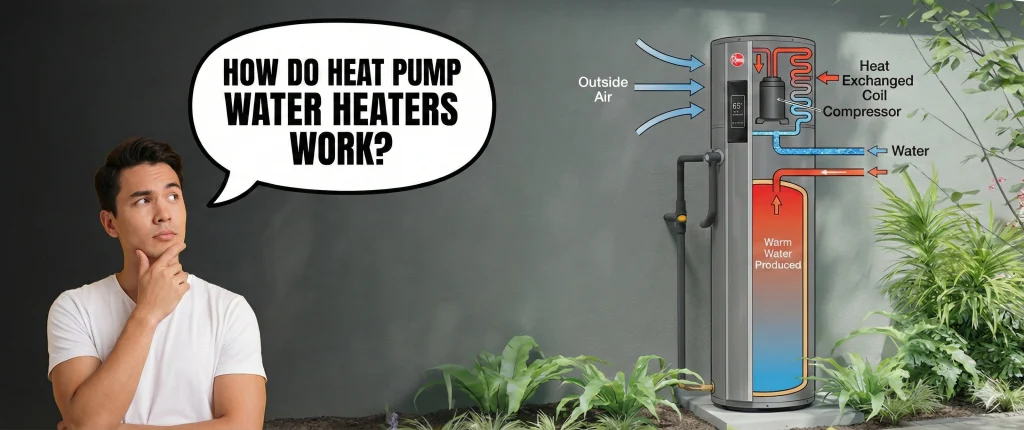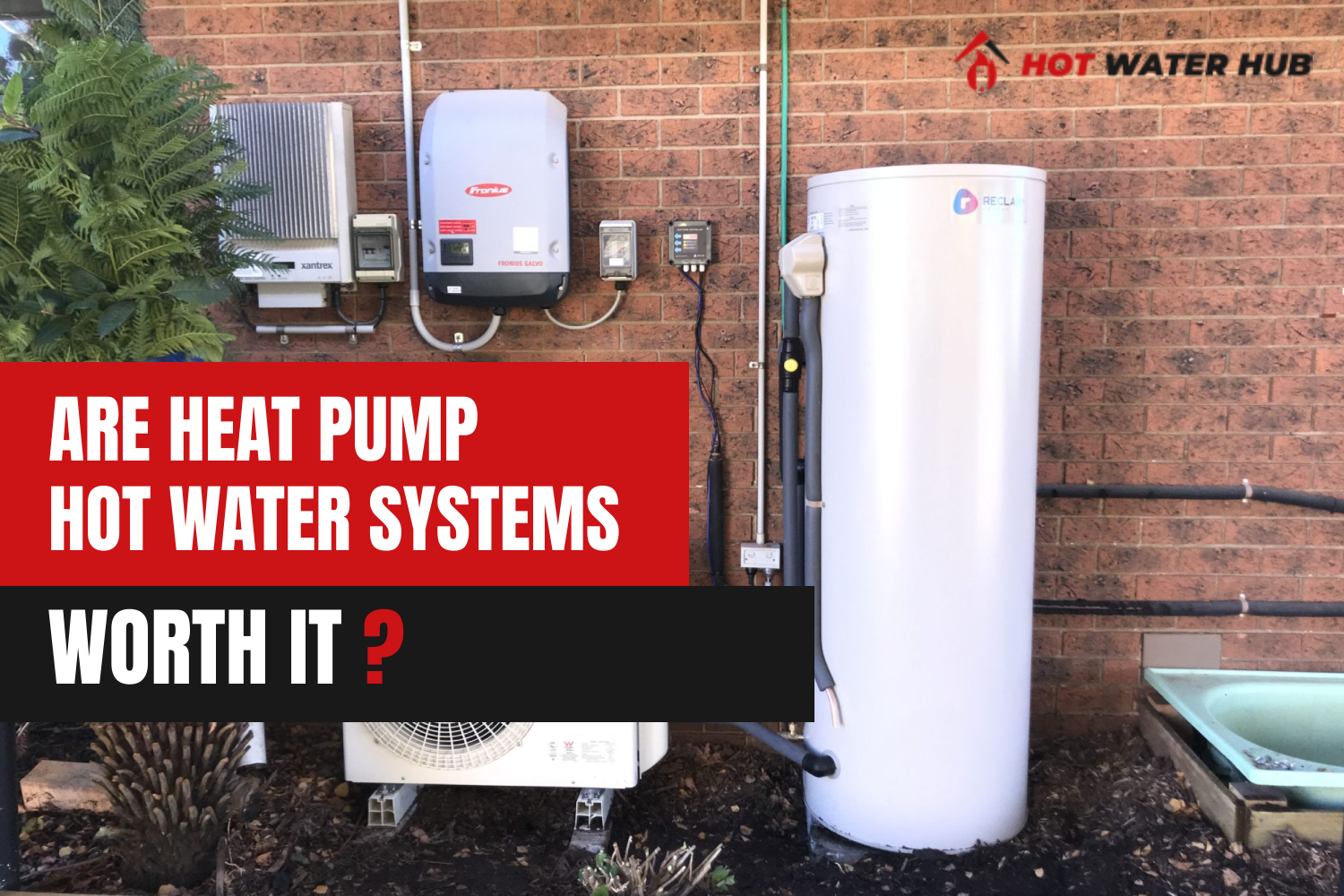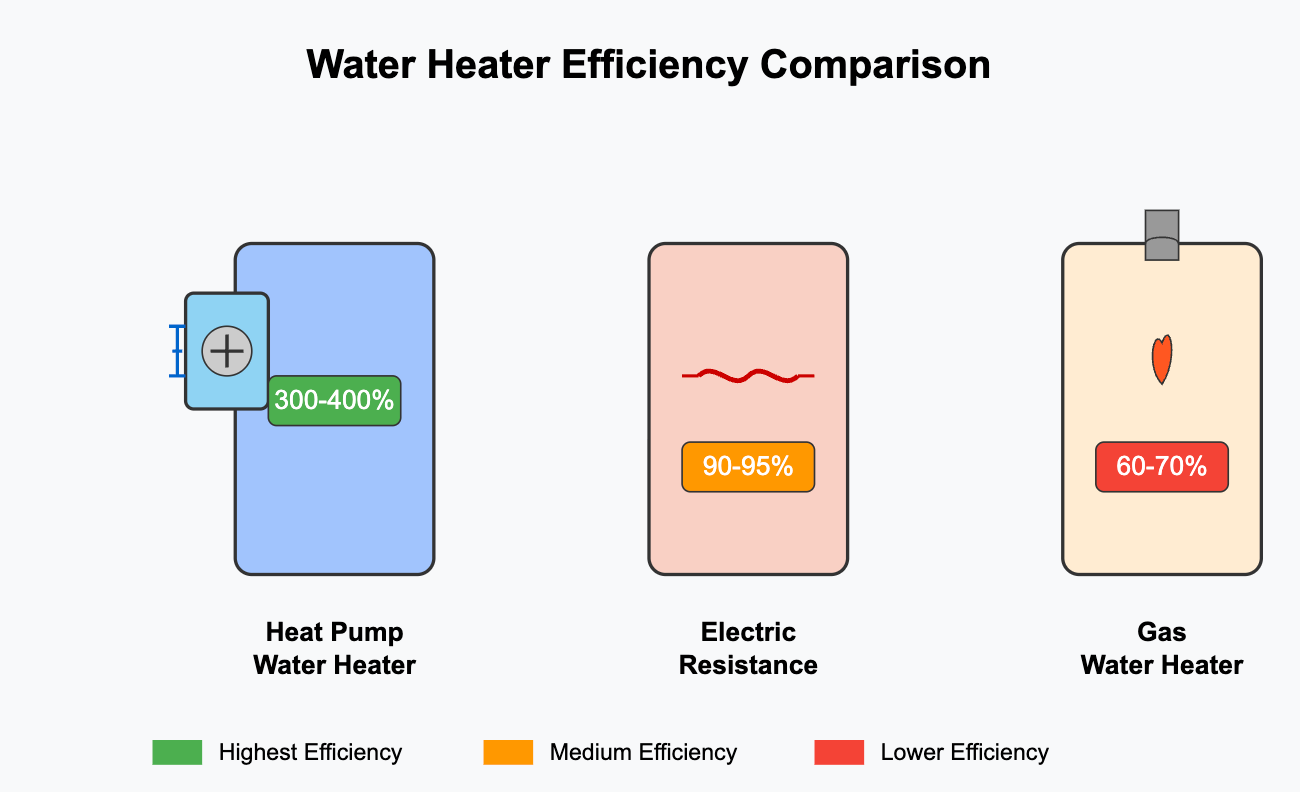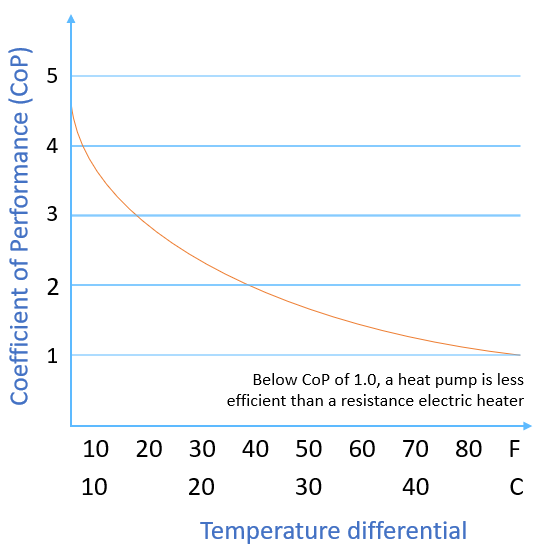
Ever wondered how you can heat your water using the air around you? It might sound like magic, but it’s […]

Did you know that water heating consumes up to 15% to 30% of the total energy used in most Australian homes? According to the Australian Department of Energy, water heating is the second-largest energy expense in many Australian families.
Moreover, it is the largest source of greenhouse gas emissions, contributing up to 25%.
That said, you should look for a water heating alternative that is not only reliable but also efficient and environmentally friendly.
Among the many options available, heat pumps are considered the smartest and most energy-saving solution.
But are they worth the investment?
If you are also asking the same question, this article is meant to offer the most accurate, unbiased answer that you need before making your decision.
One of the most common questions any Australian homeowner would want to ask before upgrading to heat pump water heaters is whether they are worth it in terms of cost.
The straightforward answer is yes, they are a worthy investment in the long term.
It is true that heat pumps are quite costly with purchase and installation prices reaching up to $2,500 and $4,000. However, this cost can be justified in the long run.
Compared to cheap traditional electric heaters, which are a bit cheaper (costing around $1,200), heat pumps have low energy consumption and will thus offer cumulative savings, which will soon recoup their initial prices.
This is true considering that heat pumps do not use electricity to create heat energy like electric heaters do. They instead use electricity to capture ambient heat from the air and transfer it.
According to Australian government sources, this process requires only 30% of the energy used by electrical heaters to heat the same volume of water to the same temperature. You will thus save around 70% on energy bills if you upgrade to heat pumps from traditional electric heaters.
In terms of cost, these savings could reach up to $500 and $1,275 annually, and it could even be more if you pair your heat pump with solar energy!

Yes. Government rebates and incentives are indeed one of the many things that make heat pumps much more appealing financially.
Both federal and state governments in Australia recognise the financial and environmental benefits associated with heat pumps and are thus offering financial assistance to make heat pumps more affordable through rebates and incentives.
Some examples of these rebates and incentives available in Australia:
Depending on your location and the model you choose, these rebates can save you up to $500 to $1,500 off the upfront cost. Some installation companies even offer point-of-sale discounts, so you don’t need to claim the rebate yourself.
This often brings the final cost of a heat pump system close to that of a new electric or gas unit, but with much better long-term savings.

Arguably, heat pumps are the most energy-efficient units as far as water heating is concerned. Their efficiency is measured in Coefficient of Performance (COP), with a higher C.O.P meaning more efficiency.
Modern heat pumps have a C.O.P of 3 to 4, meaning they will move 3 to 4 units of heat energy from the air for every 1 unit of electricity they consume. That is like to say heat pumps deliver 300% to 400% efficiency.
Compared to electric heaters, which have 100% efficiency, or gas models, which could even have much lower efficiency, it is a no-brainer that heat pumps are the way to go if you want to be more energy efficient.
In terms of performance, heat pumps work throughout the seasons to offer a steady supply of hot water. They will work in winter or in cold regions where the temperature drops below -5°C (23°F). However, their efficiency might be much lower.
But that is not even a point of concern, as most heat pumps come with built-in electric boosters. These take over when the outside temperature drops too low for the heat pump to operate at peak efficiency, ensuring you have an uninterrupted supply of hot water.

Heat pumps require less maintenance than some other hot water systems. The maintenance needed includes:
These are simple tasks that you can accomplish on your own without needing any professional help. More technical tasks require professional help. Such tasks include:
Professional help costs between $80 and $160 per hour, with a general service call ranging from $50 to $180. This is quite cheaper compared to the cost needed to service electrical water heaters ($220 to $660) and gas heaters ($150 to $495).
Absolutely. Heat pumps are among the most sustainable hot water systems available today.
Here’s why they’re considered a greener choice:
Even if your electricity comes from the grid, heat pumps dramatically reduce greenhouse gas emissions. On average, switching to a heat pump from an electric storage system can cut your water heating emissions by up to 2.5 tonnes of CO₂ annually.
Hot water heat pumps are absolutely worth it, but only under the right conditions. For most Australian homes, especially those looking for long-term savings and lower emissions, they offer great value.
With rebates available and running costs far lower than electric or gas, a heat pump can be one of the smartest home upgrades you’ll make.